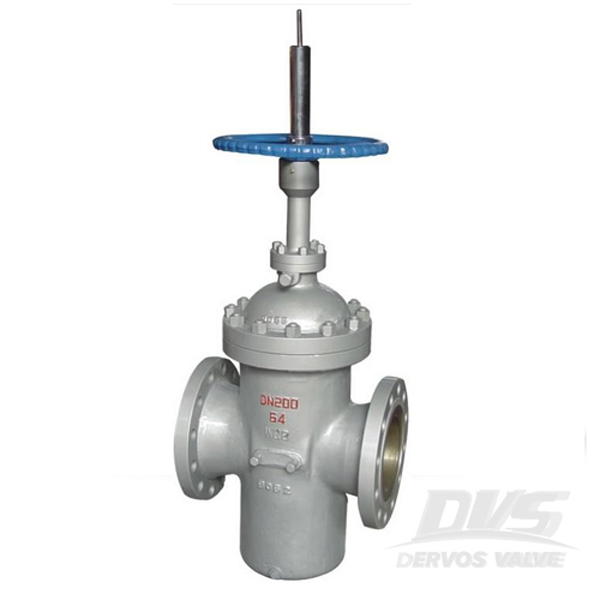Payment:
30% T/T When Order, 70% T/T Before ShipmentProduct Origin:
ChinaColor:
CustomizationShipping Port:
Shanghai ChinaLead Time:
30~55 days Ex Works After Order ConfirmationMaterial:
Carbon Steel Gate Valve, Cast Steel Gate ValveMethod of Operation:
Manual Gate Valve
Quick Detail
|
Type |
Parallel Slab Gate Valve |
|
Nominal Diameter |
DN 200 |
|
Nominal Pressure |
PN 64 |
|
Construction |
Parallel Slabe Gate Valve, With Diversion Hole, Bolted Bonnet, Resilient Seat |
|
Connection |
Flange |
|
Operation |
Handwheel Operation |
|
Body Material |
Carbon Steel |
|
Medium |
Water, Oil and Gas |
|
Origin |
China |

Design Feature
1.Parellel disc
2.Soft seat and metal seat for choices
3.Full bore design for pigging and less pressure drop
4.Firesafe design
5.Self relieving function
6.Grease fitting for seat and stem
7.Double block and bleed capability
8.With vent and drain port
9.Tight sealing performance
Material
| Part Name | Material | ||||||||
| Body & Bonnet | A216 WCB, CF8, CF8M, CF3, CF3M | ||||||||
| Wedge | Alloy Steel (face harden treated), Stainless Steel (with Co overlay) | ||||||||
| Stem | Alloy Steel (face erosion-resistant treated) | ||||||||
| Seat | Alloy Steel (face harden treated, beset F plastic), Steel (with Co overlay, best F plastic) | ||||||||
| Packing | PTFE | ||||||||
| O-Ring | NBR, FEP | ||||||||
| Sealing Grease | |||||||||
If you are interested in our products and want to know more details,please leave a message here,we will reply you as soon as we can.